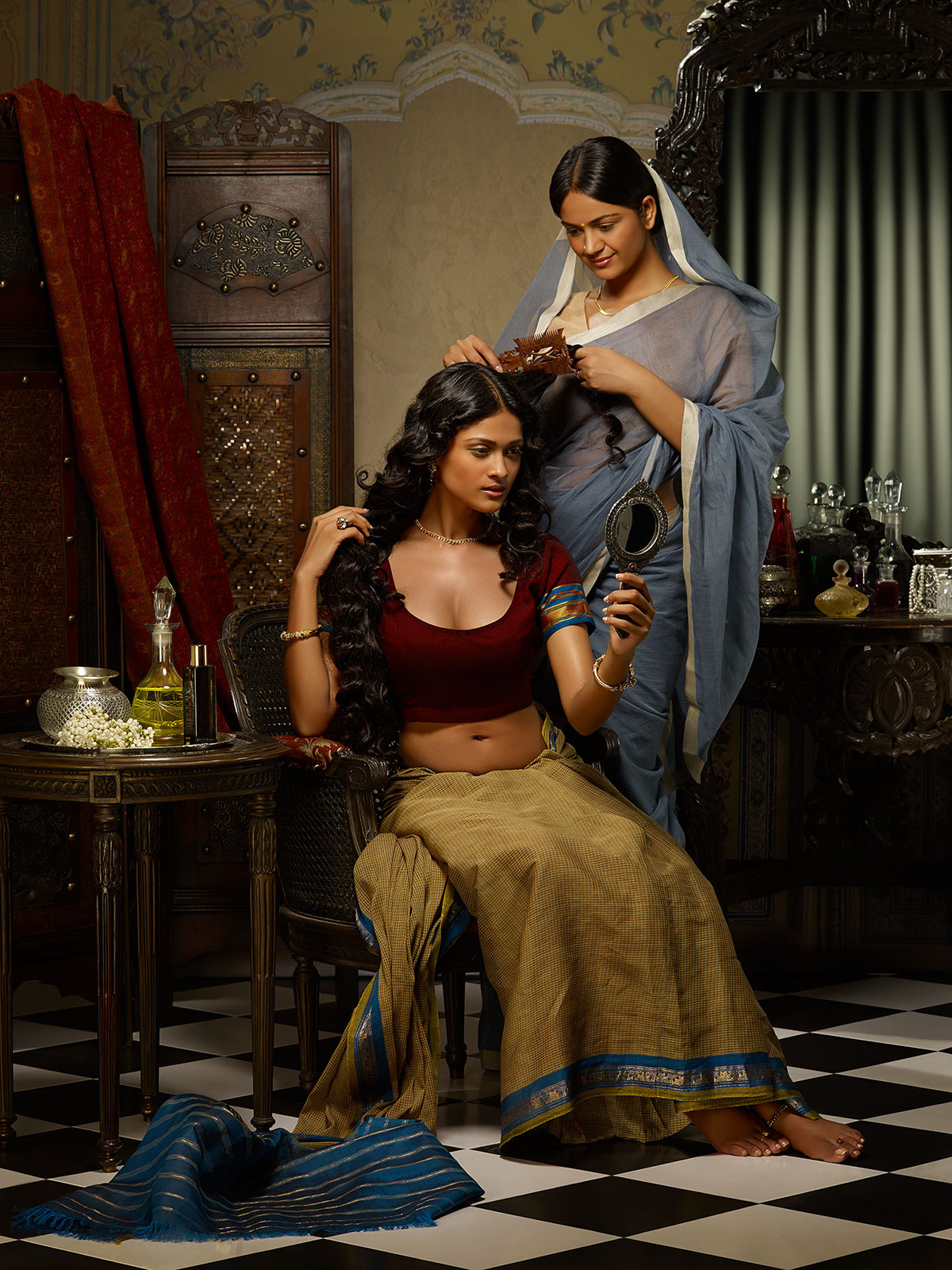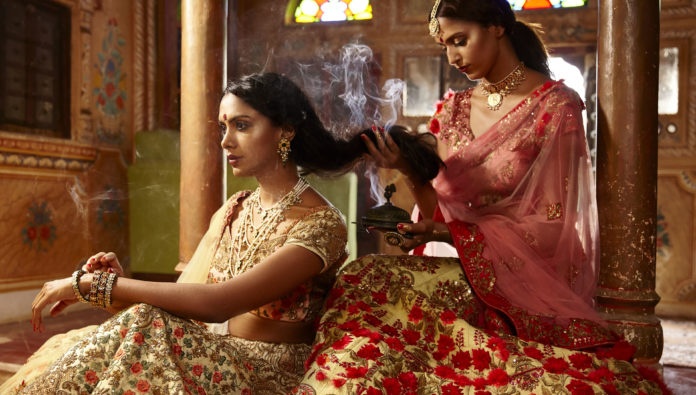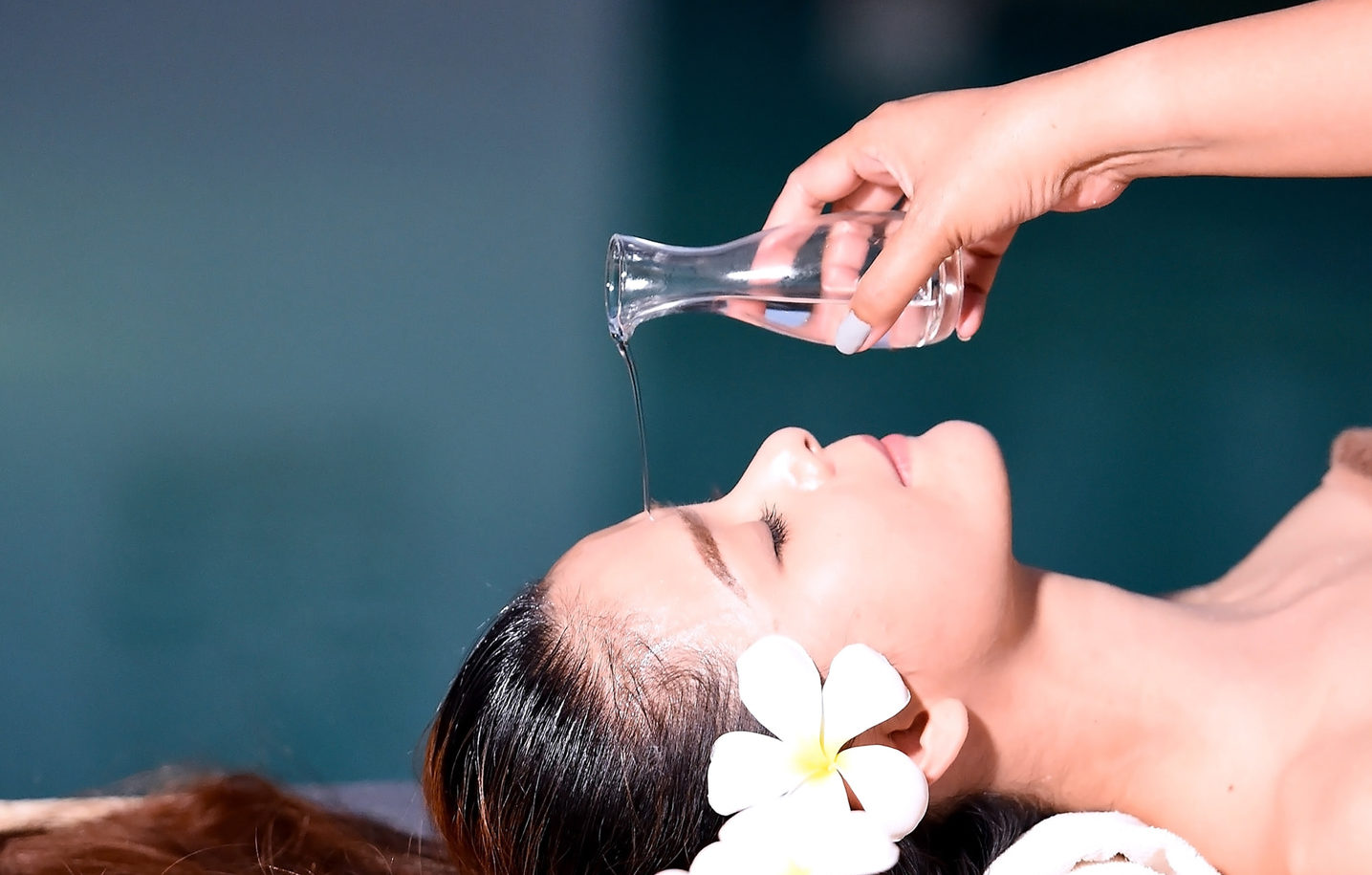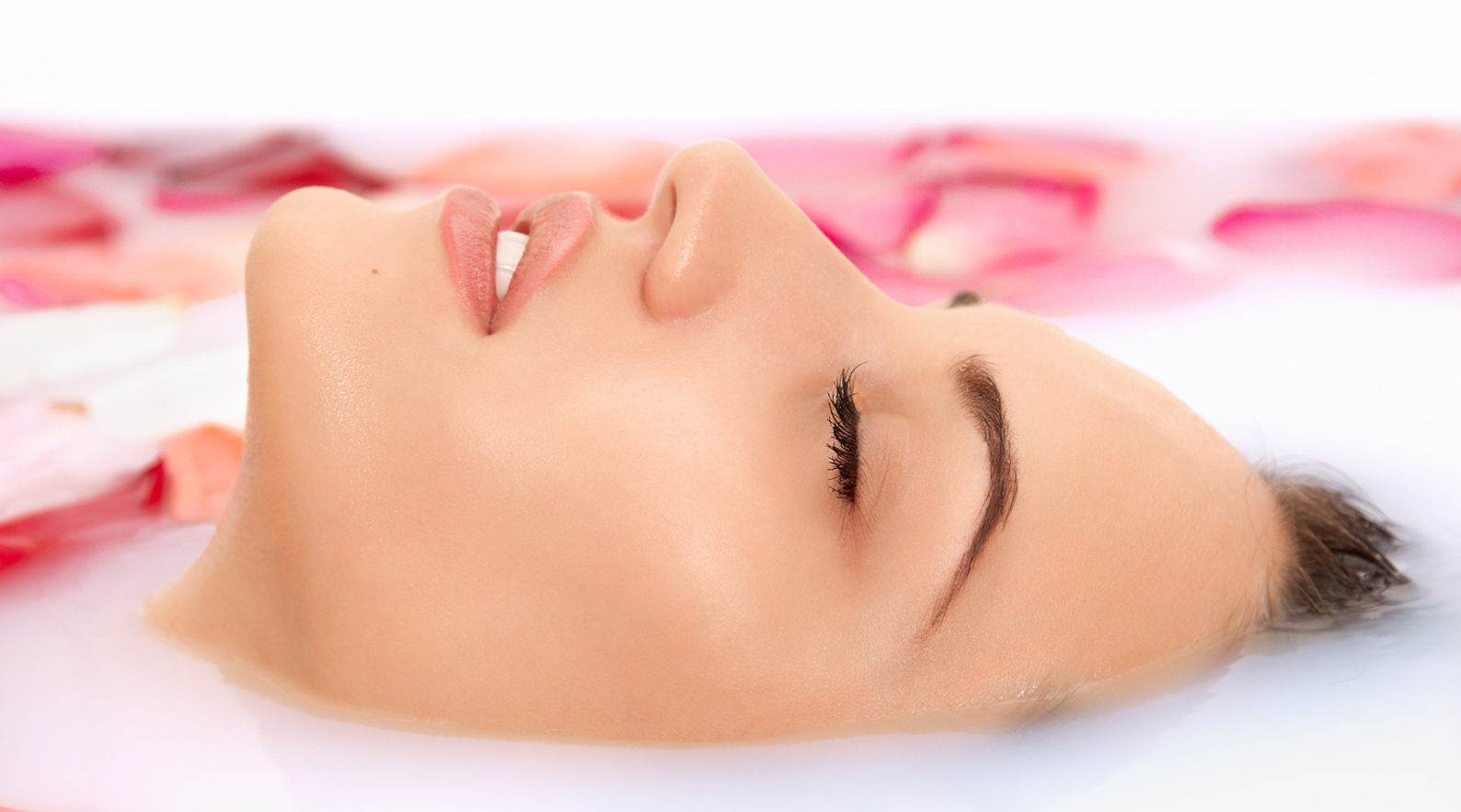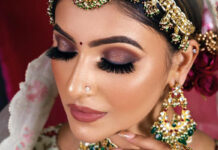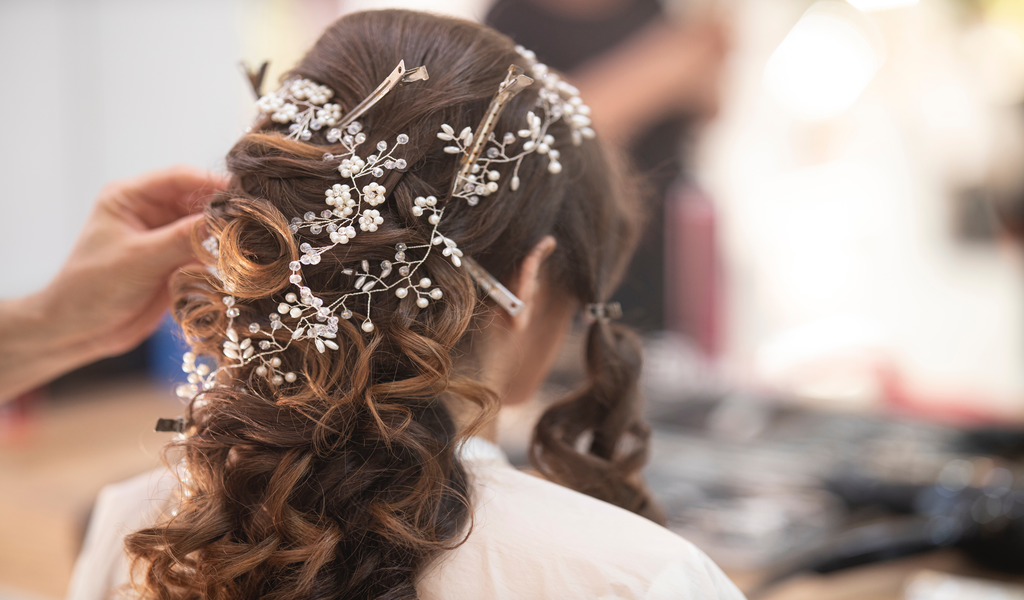Gone are the days when beauty was limited only to the royals. Ancient secrets of going chemical-free and going‘tout naturel’ are here to let you straighten your crown and tame your mane, the royal way.
Ek tha raja. Ek thi rani.
Dono mar gaye,
Khatm kahani.
If only folk tales could be this precise, we wouldn’t have the leverage to live and breathe like royals. Indian royals lived like there’s no other in the world. While others were busy conquering other countries, Indian royals were busy carving the path of righteousness for themselves and their kingdoms. Amongst the tales of their valour, stories of renowned royal Indian beauty can be heard echoing through their paintings. Royal Indian women with their remarkable beauty, personified royal dressing worldwide. Even a galore of precious jewels and elegant drapes didn’t stand a chance to equate their beauty. How could they? Their excellence was born out of aurelian skins and lustrous tresses. Rouge found new meanings with the royalty streaming through their blood. But did you know that many hands of expert care were needed to let the queens’ aura spear through the commoners?
Though practised commonly, polygamy wasn’t seen as a very fair moralistic practice back with some Indian royals. Jealousy and insecurity from a beautiful, younger princess were obvious. Those already married to the king needed to maintain their mane while others indulged in spreading captivation with the freshness of their youth.
Hair is known to expel a woman’s pheromones. To those who may have heard this for the first time, a pheromone is a chemical produced and released by an animal to affect the behaviour of its equals. Smelling hair is known to build indulgence in a man to identify his kind of companion. As if, a beautiful smile wasn’t enough to slay all the men, maintaining this weapon became obviously all the more significant.
Nourishment Is The Key
Your local stores may carry alluring packagings of hair serums but the reality is that several royal versions of hair serums were developed by the queens. Customised to the era, their hand-maids took to the calling of nature and prepared hair oils using natural products such as coconut, shikakai (soap pod) and rose amongst others. Few drops of water to these oils made a great, natural last-wash for locking moisture. Nourishment was the key and head-massages were not one-time affair for the regals.
Typical bath routines were followed by royal women. Some would indulge in a thorough coconut-oil based massage while others would take hair steams infused with lavender and rose oils. Deep-conditioning was followed like a religion. Customary oil-massages by the hand-maidens not only added shine but also strengthened the hair roots. Eccentrically, it is what we miss in our lives today.
When royalty burgeoned through the magnificent castles and fortresses, long hair depicted wealth and well-being. Hair fall was not an option for those with a royal bloodline. Hair-restoration was an extremely serious business; return from a long distance journey meant instant solutions must stay ready at the hands of the maids. Amla (Indian gooseberry), shikakai and henna powders mixed with coconut oil were applied to weakened hair for nourishment and getting back the lost shine.
A Bath Of Luxury
Many women believe that washing hair can take away its natural moisture. However, ancient women believed in their own version of keeping hair clean. For some, a head-wash lasted a few days, while for others hair washing was a ritual to be carried for hours each day. Reetha or soapnut, as the name suggests is a natural form of soap that has been known for its cleansing benefits in Ayurveda for long. Its antibacterial and antifungal properties kept the scalp free of any epidermal problems while lending a beautiful shine to your hair. Skin’s natural pH balance was retained along with better hair-elasticity. For added moisture, some women were known to apply the holistic paste of crushed marigold and honey. This paste not only supplemented hair with moisture but also locked the same. Benefits of soaked rice water were also utilised to maintain dark and strong locks. A remote Chinese village has been practising this for years. Antioxidant, anti-inflammatory, hypolipidemic, anti-stress, and anti-fatigue properties of fermented rice are only a few of its many pharmacological effects. Last rinse with fermented rice water meant deep-black hair locked with strength and shine for the royal beauties.
Drying And Combing The Right Way
Women in the olden era, preferred drying their heavy-long hair gently with a muslin cloth and combing with wooden or ivory combs. Since each edgeless bristle had to expel royalty, these combs were intricately carved by agile craftsmen.
Wood’s non-static properties were utilised by the royals in taming the frizz and damage created during humid seasons. Combing with wooden bristles also reduced stress to the scalp with increased massage-style blood circulation. Additionally, combing induced the secretion of natural oils and kept the scalp free of dermatitis for those ruling in dry regions. The process of drying hair also received a facelift through the Mughal royal women. Known to have a penchant for fragrances, the Mughal royal heiresses treated their wet hair with fragrant mists rising through the metal incense burners. Sweet smoke rising from flowers like hibiscus, lavender and rose were used to add scent to wet hair.
